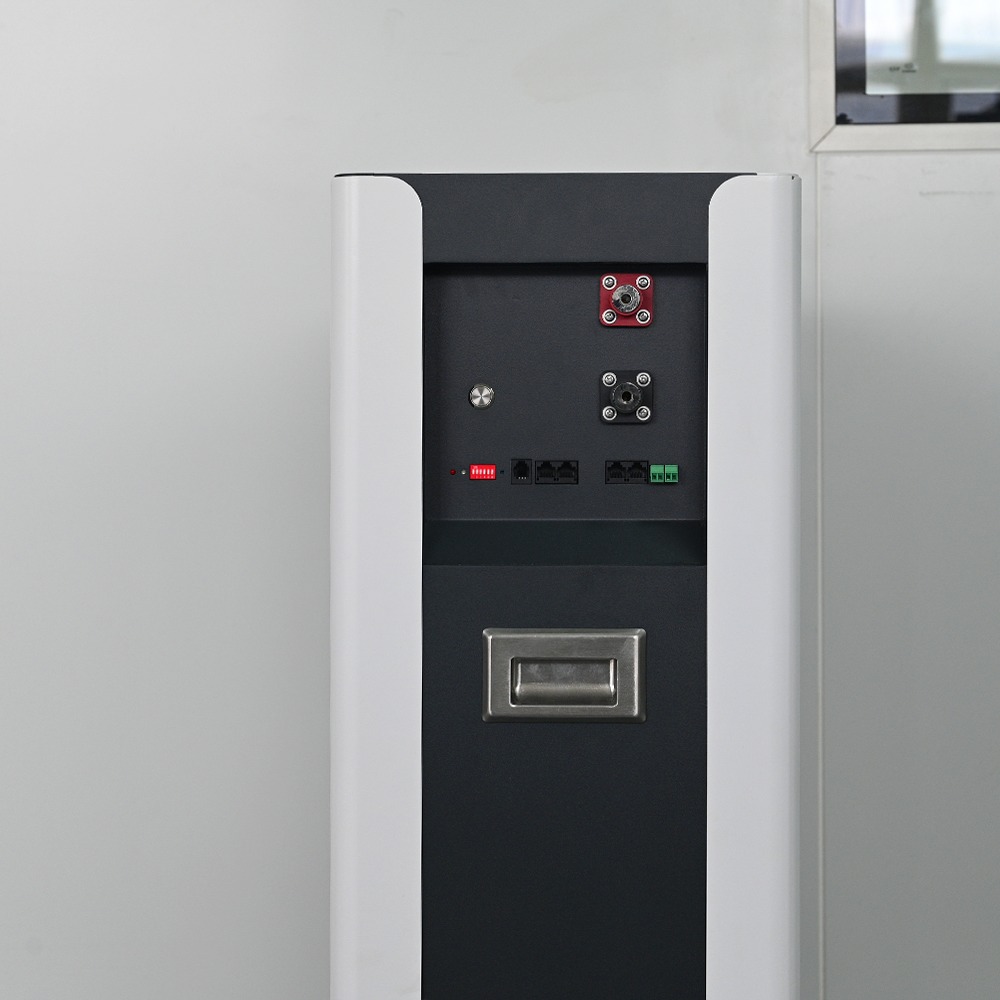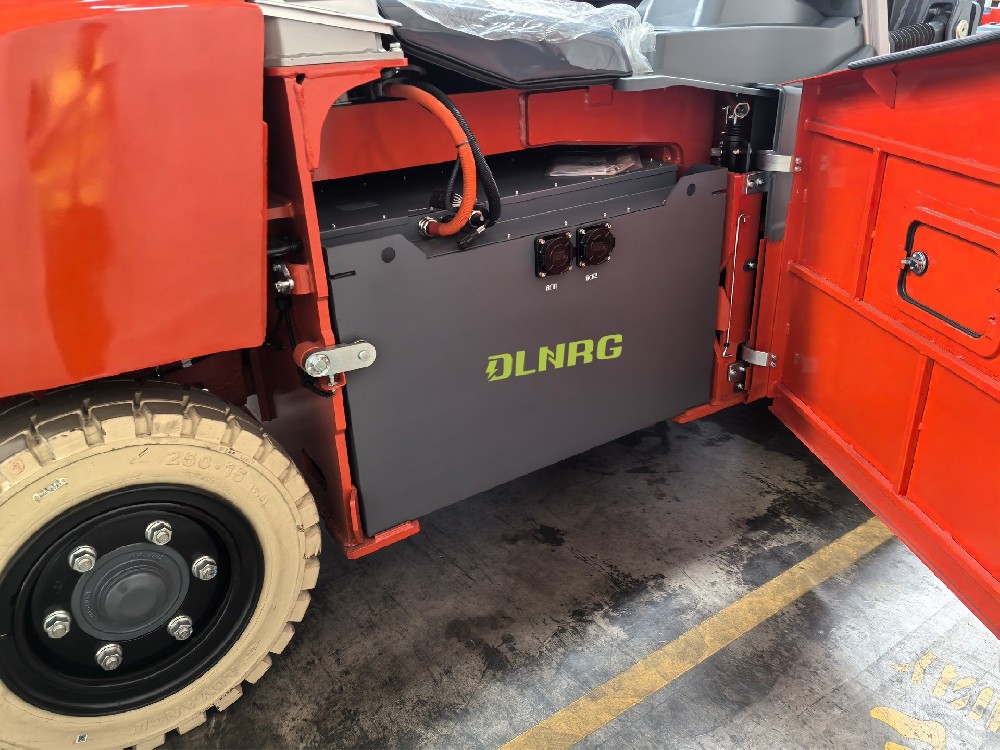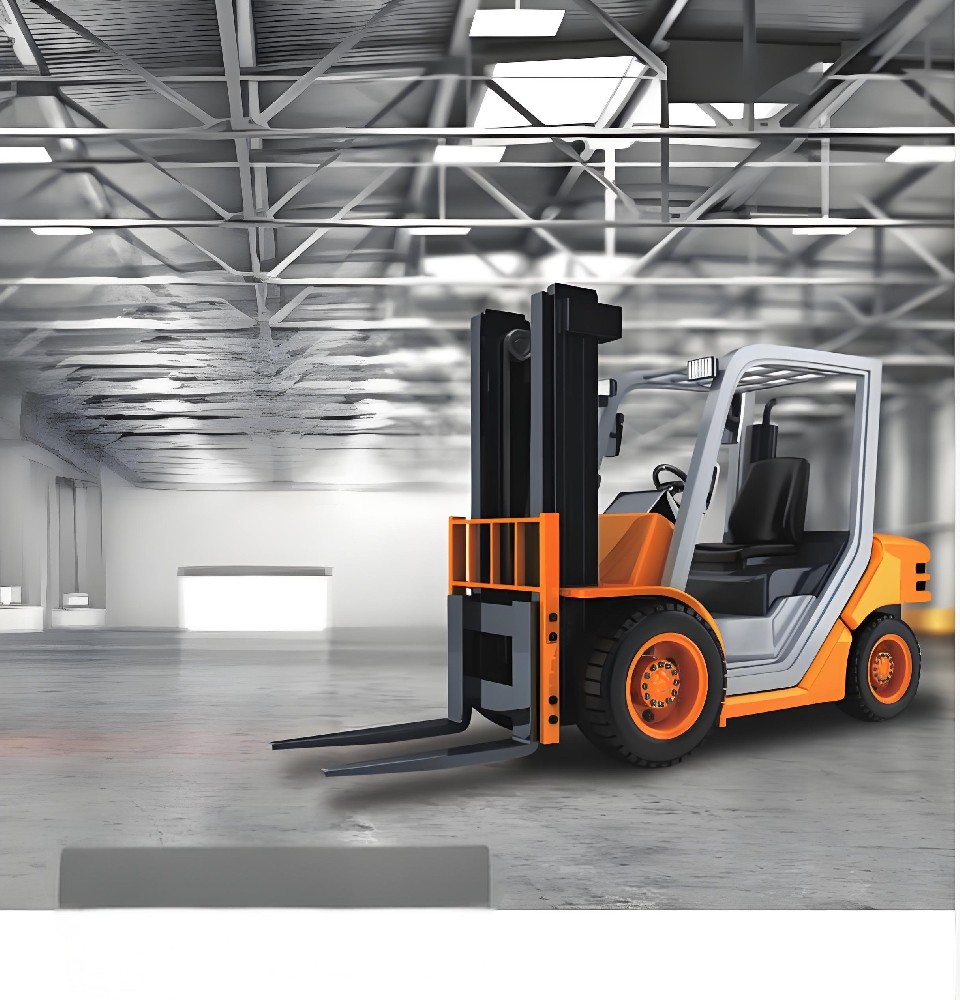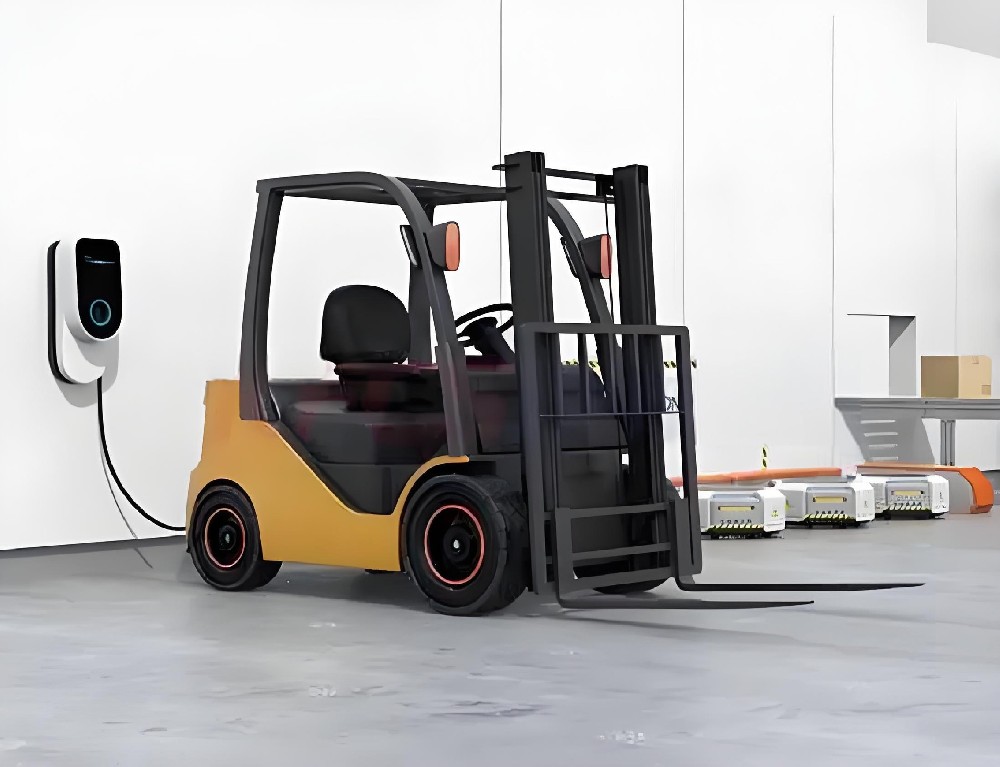Owners and leasers of lift trucks are faced with significant expenses during the operation of electric lift trucks. The purchase of the equipment itself, operator pay – these are obvious costs that appear in financial reports, and companies actively work to optimize them. Hidden costs – expenditures on batteries and their operation, replacement, and maintenance – rarely call attention to themselves, but can add up to a significant amount. During the operation of equipment, hidden costs often exceed obvious costs by 2-3 times.
Hidden costs for the operation of electric lift trucks are categorized as capital expenditures that occur once or with a certain frequency, operational expenses that occur monthly, and indirect expenses such as reduced labor productivity or downtime.
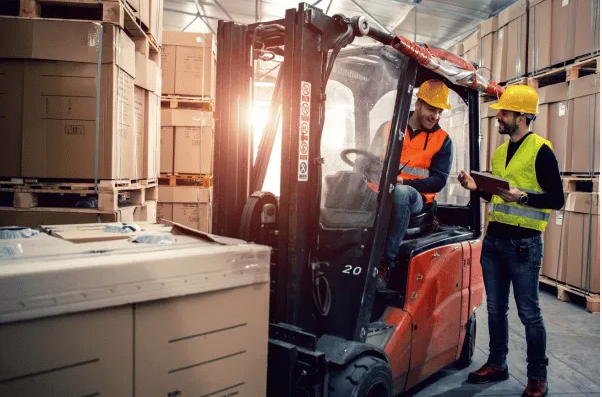
Capital expenditures
Outfitting a battery room
Outfitting a battery room is one of the most significant expenses. The total ranges from several thousand to hundreds of thousands dollars. In the former case, it is a matter of re-equipping existing premises (which entails some difficulties, as the premises likely do not comply with fire-safety requirements). In the latter case, it is necessary to design and construct special premises that comply with fire safety codes.
Connected power
When a battery room is constructed and outfitted, as a rule, each lift truck is allocated one charging device. Excess power needs to be allocated to the battery room, because while the average power consumption of a battery is relatively low, the connected power must be calculated based on the maximum (peak) power value for all charging devices.
When a warehouse uses Li-ion batteries, one powerful charging device is sufficient for several lift trucks. Moreover, the energy losses when charging Li-ion batteries are significantly lower than for acid batteries. As a result, it is possible not only to reduce the requirements for connected power, but also to reduce electricity consumption.
Purchase of replacement batteries
Planned replacement of lead-acid batteries that have reached the end of their life happens once every 3-4 years. They can be used longer, but after this period, the batteries’ capacity has fallen by more than 50%, so lift truck owners try to replace them with new ones, in order to avoid prolonged downtimes of electrical equipment.
Procurement of new charging devices
New, more-modern charging devices constantly appear on the market. Lift truck manufacturers strive to increase battery life and reduce electricity consumption. And warehouse owners and operators aim to periodically upgrade their stock of charging devices.
Operating expenses
Service personnel
Practically all operators of electric lift trucks have a staff of service personnel who work with the charging devices. Since warehouses often work around the clock, this staff balloons even further. When there is limited availability of warehouse facilities with the necessary area, many companies own several warehouses in one logistics complex and set up a battery room in each of them, which increases the number of service personnel even further.
Expenditures on contracting organizations
When operating lift trucks, it is sometimes necessary to include payments to contracting organizations that perform battery-repair and sulfation-removal work in operating expenses.
Electricity expenses
Lead-acid batteries, due to the high internal resistance, become very hot during charging and use in equipment, which leads to increased energy use. In order to obtain 1 kWh of useful work from a battery, it is necessary to expend 1.5-1.7 kWh to charge it; that is, energy losses total about 40% of the energy being consumed. In comparison, a Li-ion battery has energy losses of only 10-15%.
In order to vent hazardous gases that are emitted during the charging of lead batteries, it is necessary to have a constantly operating forced ventilation system. This system uses powerful compressors that operate 24 hours a day and use a significant amount of electricity.
Indirect expenses
Equipment downtimes
When equipment is used without a replaceable battery, each charge causes significant downtime. After all, a lead battery cannot just be topped up; it is necessary to wait 8-10 hours until it is fully charged. If there is a replaceable battery, downtime is still unavoidable. The battery can only be changed after discharging completely, and that almost always happens when the warehouse is very busy, so each battery replacement represents the loss of 15-20 minutes of time just when the equipment is most needed.
Unlike lead batteries, Li-ion batteries may be charged during any routine break; even a short top-up charge of 20-30 minutes is enough for the battery to provide 3-4 hours of uninterrupted work. Thus, correct use of Li-ion batteries completely rules out equipment downtime.
Accidents
Replacing batteries that are extremely heavy (more than a ton) sometimes leads to accidents, and this operation needs to be performed fairly frequently. Employees of practically every logistics complex can tell a few stories about crushed fingers, spilled electrolyte, or a multi-ton battery that was dropped.
Conclusion
From the above, it follows that the transition to Li-ion batteries is a highly effective way to lower expenditures on the operation of lift trucks.
The reduction in operating expenses is obvious. The need for maintenance is eliminated. Electricity consumption falls by 30%.
Indirect expenses – downtime, worker’s compensation, repairs after fires, and replacement of equipment – are reduced. There are significant time savings, personnel are free to handle more important tasks, and electricity can be redistributed more beneficially.


